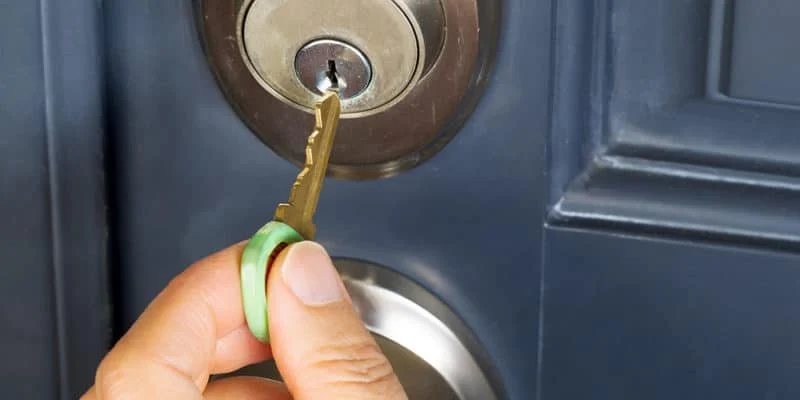
- 1 - What is Lock Bumping?
- 2 - How Does Lock Bumping Work?
- 3 - Why Lock Bumping Is a Threat to Your Home
- 4 - How to Prevent Lock Bumping in Your Home
- 5 - Additional Security Measures to Consider
1. What is Lock Bumping?
Lock bumping is a method used by criminals to gain access to your home without a key. It involves using a specially crafted key, called a bump key, that can bypass most traditional pin-and-tumbler locks. This technique is effective because it manipulates the pins inside the lock, causing them to align and unlock the door with a single bump.
While it is a common method used by burglars, lock bumping is still relatively unknown to many homeowners. Understanding this technique is the first step in securing your home from this type of intrusion.
2. How Does Lock Bumping Work?
Lock bumping works by inserting a bump key, a key that has been modified to have all its pins set to the lowest possible setting, into a standard pin-and-tumbler lock. The burglar then uses a hammer or another object to "bump" the key. The impact causes the pins in the lock to momentarily jump up, allowing the key to turn and unlock the door.
This technique takes only a few seconds to execute, making it an attractive method for burglars. The skill required to perform lock bumping is minimal, and it can be done without making much noise, which adds to its stealthy nature.
3. Why Lock Bumping Is a Threat to Your Home
Lock bumping poses a significant security risk because many homes are still equipped with traditional pin-and-tumbler locks, which are vulnerable to this technique. A lock that has not been properly reinforced or upgraded can be easily compromised by a burglar using a bump key.
3.1 Widespread Vulnerability
Many residential doors, even those with high-quality locks, are still susceptible to bumping. In fact, most locks that are sold today do not come with anti-bumping features. As a result, burglars can bypass these locks quickly and gain access to your home, putting your valuables and loved ones at risk.
3.2 Low Detection Risk
Since lock bumping does not require a key or sophisticated tools, it is difficult for homeowners or even neighbors to detect. Burglars can work undisturbed and break into your home in a matter of seconds. This makes it a preferred method for those looking to avoid attention while committing a crime.
4. How to Prevent Lock Bumping in Your Home
There are several effective methods to protect your home from lock bumping. Here’s what you can do:
4.1 Install Bump-Proof Locks
The most straightforward way to protect your home is to install bump-proof locks, also known as high-security locks. These locks are designed to resist the effects of lock bumping. Some of the best bump-resistant locks are those with additional security features, such as anti-pick pins and special mechanisms that prevent the pins from jumping when impacted.
Locks that are certified by organizations such as ANSI (American National Standards Institute) or UL (Underwriters Laboratories) offer higher levels of security. Look for locks that are specifically labeled as "bump-proof" or "anti-bump."
4.2 Use Deadbolts with Extra Security Features
Another effective way to safeguard your home is by installing a deadbolt lock in addition to your regular lock. Deadbolts offer extra strength and are more difficult to tamper with. Some deadbolts even feature additional mechanisms designed to resist lock bumping and other forms of forced entry.
4.3 Upgrade Your Lock Cylinders
If replacing your locks entirely isn't feasible, consider upgrading your lock cylinders. High-security cylinders, such as those with anti-drill, anti-pick, and anti-bump features, can make a significant difference in preventing lock bumping attempts.
4.4 Regular Maintenance and Inspection
Maintaining your locks is just as important as upgrading them. Periodically inspect your locks for any signs of wear or tampering. A locksmith can help you ensure that your existing locks are functioning properly and that there are no vulnerabilities that could be exploited by burglars.
5. Additional Security Measures to Consider
While upgrading your locks is a key part of securing your home from lock bumping, it’s important to consider other security measures to further protect your property.
5.1 Install Security Cameras
Surveillance cameras can deter burglars from attempting to break into your home. Visible security cameras act as a powerful deterrent and can help catch criminals in the act if a break-in does occur.
5.2 Enhance Lighting Around Entry Points
Well-lit entry points make it more difficult for burglars to operate unnoticed. Install motion-sensor lights around your doors and windows to increase visibility and reduce the likelihood of a break-in.
5.3 Reinforce Doors and Windows
In addition to securing your locks, make sure that your doors and windows are sturdy and reinforced. Use strong materials such as solid wood or metal doors, and ensure that windows are fitted with secure locks that are difficult to bypass.
By implementing these tips, you can effectively reduce the chances of a lock bumping incident and enhance your home’s overall security. If you're unsure where to begin, consult a professional locksmith to assess your home’s vulnerabilities and recommend the best security solutions. Visit Locksmith Finder to connect with trusted locksmiths and find high-quality products to keep your home safe.



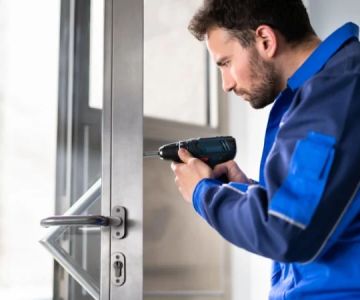
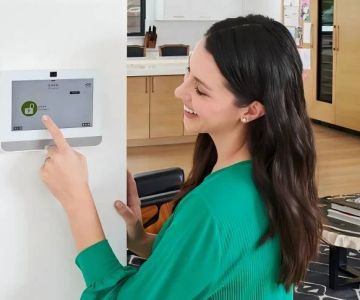
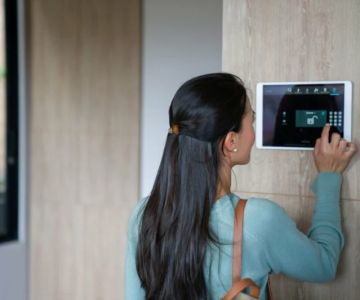
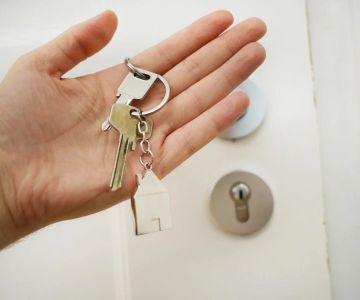
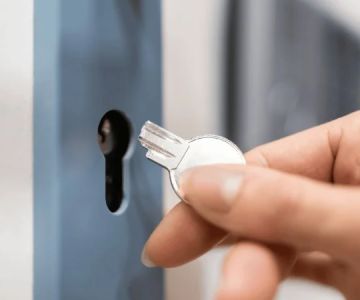
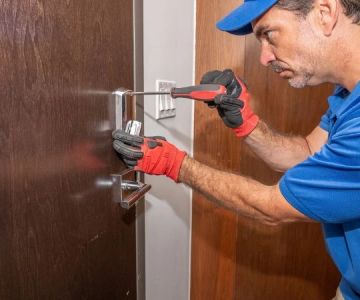
 KeyMe Locksmiths3.0 (4 reviews)
KeyMe Locksmiths3.0 (4 reviews) Locksmith R US3.0 (69 reviews)
Locksmith R US3.0 (69 reviews) KeyMe Locksmiths4.0 (5 reviews)
KeyMe Locksmiths4.0 (5 reviews) KeyMe Locksmiths3.0 (9 reviews)
KeyMe Locksmiths3.0 (9 reviews) KeyMe Locksmiths4.0 (68 reviews)
KeyMe Locksmiths4.0 (68 reviews) KeyMe Locksmiths4.0 (110 reviews)
KeyMe Locksmiths4.0 (110 reviews) How to Secure Sliding Glass Doors With Smart Locks and Deadbolts
How to Secure Sliding Glass Doors With Smart Locks and Deadbolts The Benefits of Installing a Home Security System with Smoke Detection
The Benefits of Installing a Home Security System with Smoke Detection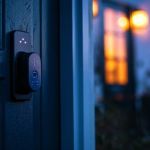 Why Install a Smart Lock on Your Storm Door for Maximum Security
Why Install a Smart Lock on Your Storm Door for Maximum Security How to Safely Install a Biometric Lock for Maximum Protection
How to Safely Install a Biometric Lock for Maximum Protection The Benefits of Installing a Smart Lock on Your Garage Door | Locksmith Finder
The Benefits of Installing a Smart Lock on Your Garage Door | Locksmith Finder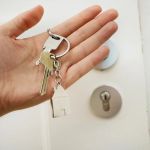 Locksmith Tips for Keeping Your Keys Safe at Home: Expert Advice
Locksmith Tips for Keeping Your Keys Safe at Home: Expert Advice